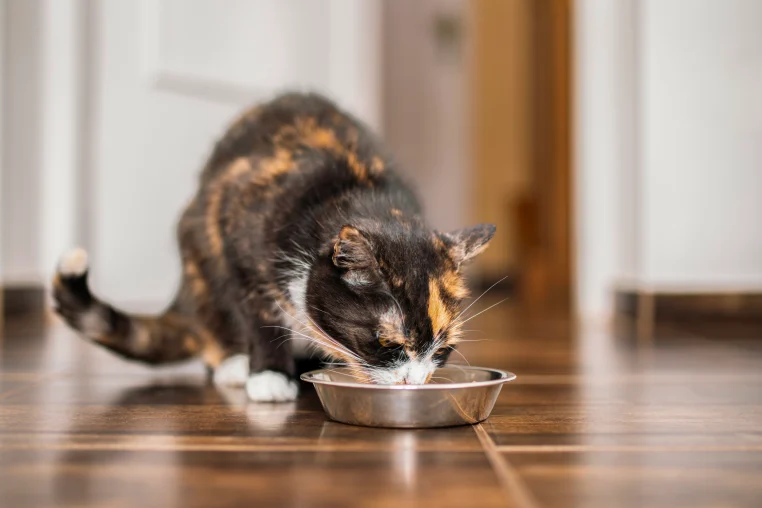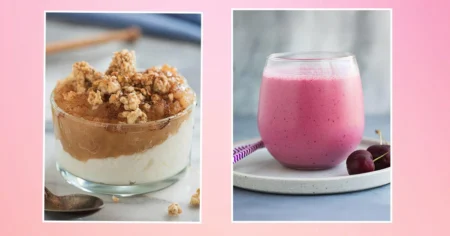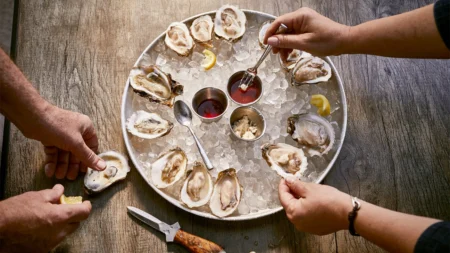As an increasing number of cats fall ill or die after consuming raw pet food or unpasteurized milk contaminated with the H5N1 virus, health officials have issued critical guidance for pet food manufacturers and owners to prevent further spread of bird flu among animals. With the virus already affecting birds across every U.S. state since 2022, the Food and Drug Administration (FDA) and experts urge immediate action to ensure pet safety.
The Vulnerability of Pets to H5N1
Since the H5N1 outbreak began in 2022, dozens of domestic and feral cats have been infected, with some cases linked to contaminated raw pet food and unpasteurized milk. Tragically, these infections have proven deadly for many felines. Dogs, though less frequently affected, are also at risk of contracting the virus from contaminated foods or wild birds.
Dr. Jane Sykes, a professor at the University of California, Davis, emphasizes the gravity of the situation: “H5N1 can be deadly to cats and dogs, and current guidance lacks specific measures to ensure pet foods are safe.”
FDA Guidance for Pet Food Manufacturers
To reduce the risk of contamination, the FDA recommends that pet food companies:
- Source ingredients from healthy, verified flocks or herds.
- Implement processing steps, such as heat treatment, capable of inactivating viruses.
However, compliance with these guidelines is voluntary, leaving it up to manufacturers to determine how rigorously they address the risk. Dr. J. Scott Weese, director at the Centre for Public Health and Zoonoses, notes, “The FDA tries to stay away from dictating practices. This is a first step. If more cases emerge, stronger regulations may follow.”
The Importance of Cooking Pet Food
Experts agree that cooking is the most effective way to eliminate H5N1 and other pathogens from pet foods. According to the Centers for Disease Control and Prevention (CDC), cooking poultry in raw pet food to an internal temperature of 165°F effectively kills bacteria and viruses, including H5N1. Freezing, by contrast, does not neutralize these pathogens.
“We recommend pet owners follow USDA guidelines for handling and cooking raw meats before feeding them to pets,” the FDA advises. Pets should also be kept from hunting or consuming wild birds to further reduce the risk of infection.
High Pressure Processing: A Partial Solution
Some pet food companies, such as Instinct and We Feed Raw, have adopted high-pressure processing (HPP), a technique that uses extreme pressure to eliminate pathogens. While HPP is a valuable risk reduction tool, it’s not foolproof.
“HPP can reduce the risk of contamination, but it doesn’t guarantee complete elimination of viruses,” Dr. Weese explains. For maximum safety, cooking remains the gold standard.
What Pet Owners Should Do
If you feed your pet raw food, consider these precautions to protect them from bird flu:
- Cook Raw Pet Food
- Heat raw pet food or freeze-dried food to an internal temperature of 165°F before serving.
- Avoid Unpasteurized Milk
- Refrain from feeding pets raw milk, which has been linked to H5N1 infections in farm cats.
- Store Food Properly
- Follow USDA guidelines for handling and storing raw meats to prevent cross-contamination.
- Monitor Pet Behavior
- Watch for symptoms of illness, such as lethargy, loss of appetite, or respiratory issues, and consult a veterinarian if concerns arise.
- Limit Outdoor Activities
- Prevent pets from hunting or scavenging wild birds, which could carry the virus.
Industry Response and Future Regulations
While the FDA’s guidance is currently voluntary, there is growing pressure on the agency to mandate stricter safety measures. Suggestions include requiring pathogen inactivation in commercial pet foods and adding warning labels to raw food products.
Companies like Instinct and We Feed Raw have already implemented safety measures, such as sourcing meat from USDA-certified suppliers and using HPP to reduce contamination risks. However, three other major manufacturers—Primal Pet Foods, Stella & Chewy’s, and Carnivore Meat Company—did not respond to requests for comment on their compliance with the FDA’s guidance.
Bird Flu’s Broader Impact
The H5N1 virus continues to ravage avian populations nationwide, raising concerns about its potential to mutate and spark a human pandemic. Experts stress the importance of vigilance, both for protecting pets and reducing the risk of transmission across species.
“Pet owners and manufacturers must take bird flu seriously,” says Dr. Sykes. “Cooking is the only reliable way to protect animals from contaminated food.”
Conclusion: Prioritize Pet Safety
As the bird flu outbreak shows no signs of slowing, the responsibility falls on both pet food manufacturers and owners to take proactive measures. From sourcing safe ingredients to cooking raw pet food, every precaution matters in keeping pets healthy and safe.
Call to Action:
Protect your pets by staying informed about food safety guidelines. Share this article to spread awareness about the risks of raw pet foods and the steps you can take to reduce exposure to bird flu.








